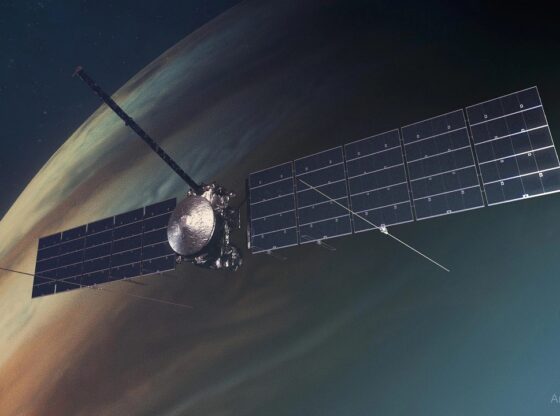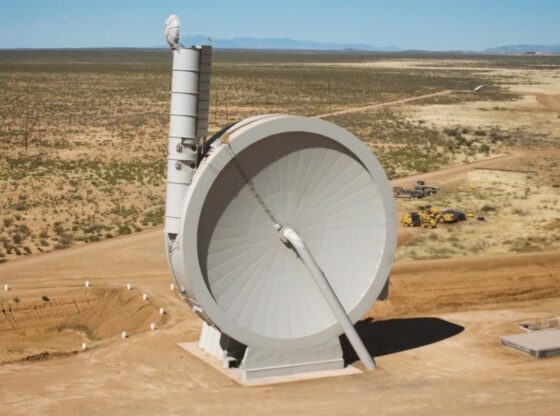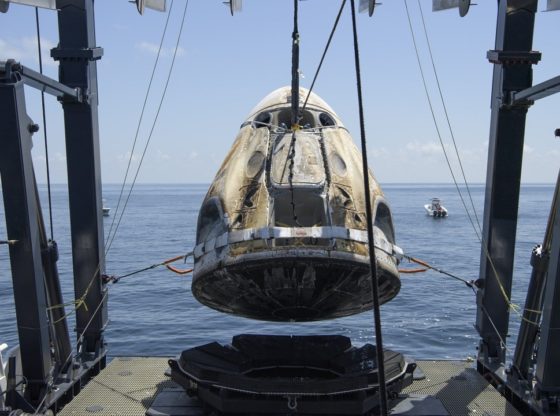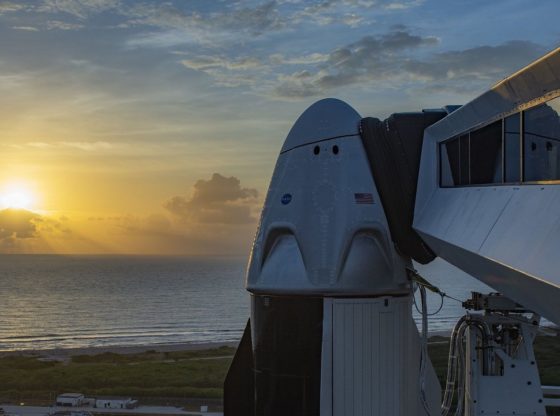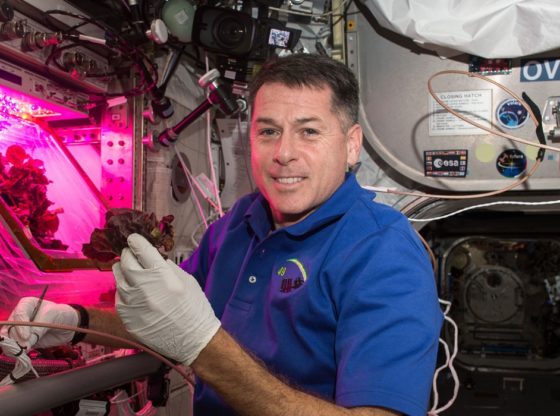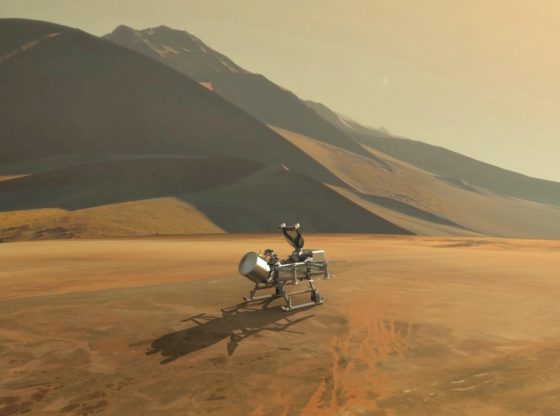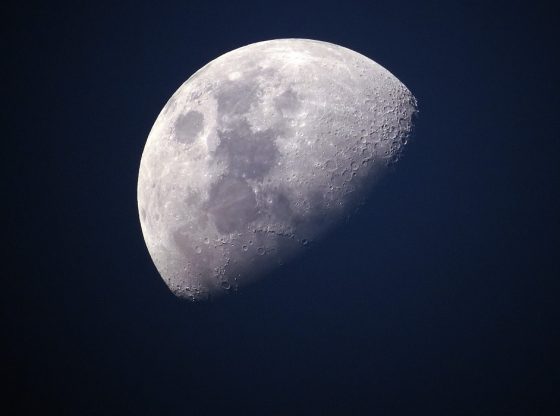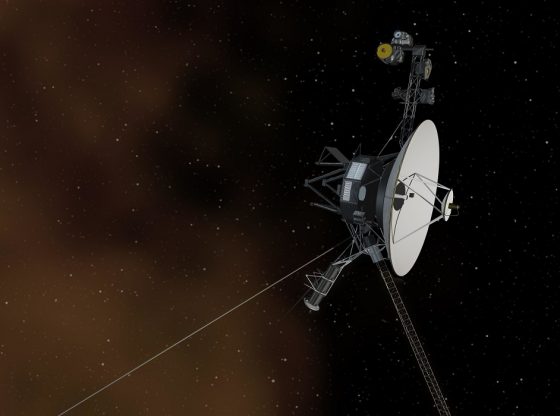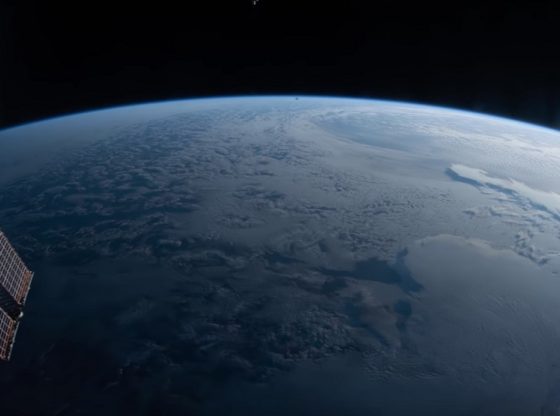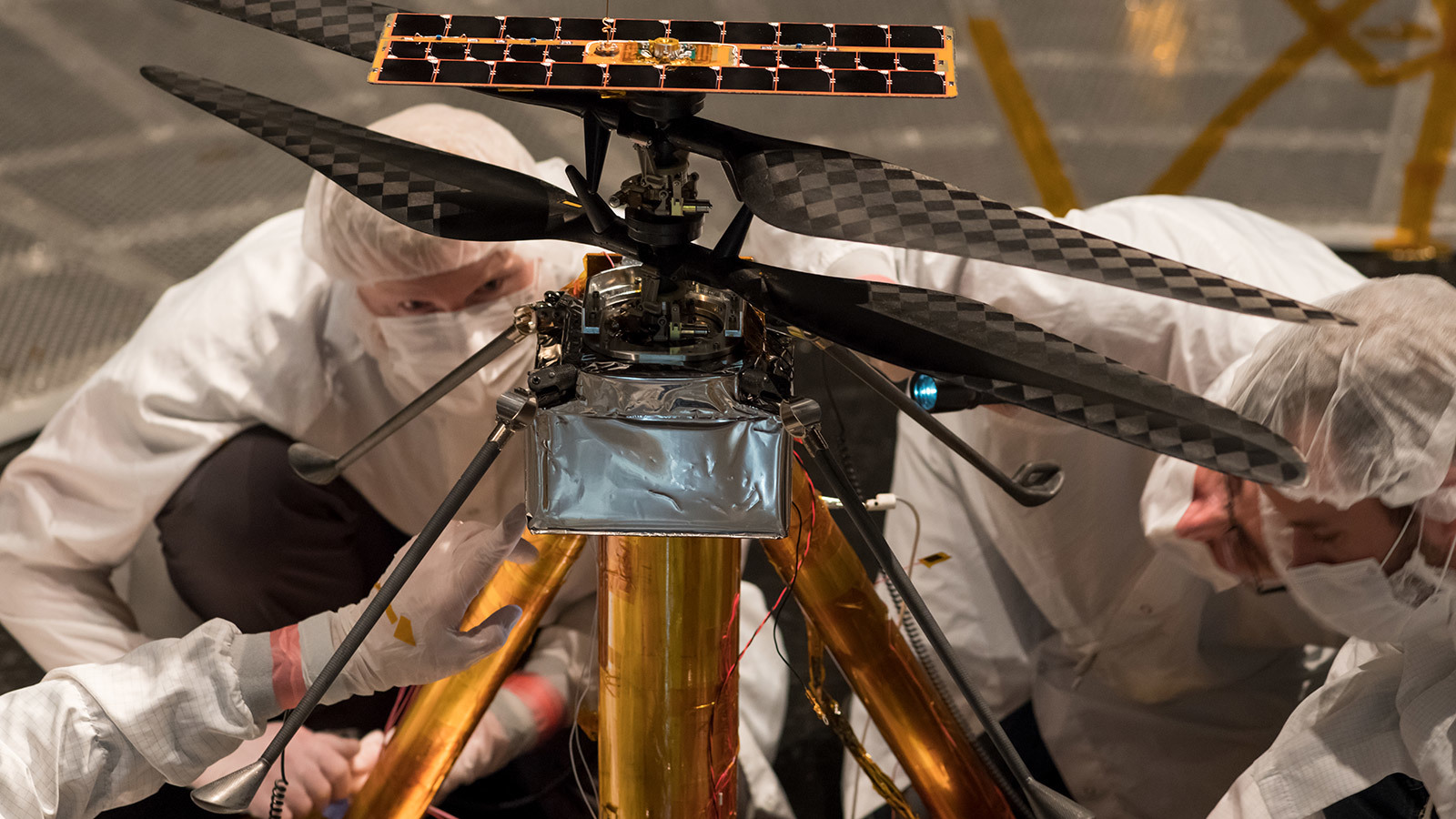
The Mars Helicopter will launch alongside the Mars 2020 rover on a rocket from Space Launch Complex at Cape Canaveral Air Force Station in Florida in July 2020. It is expected to reach Mars in February 2021.
The 1.8kg (4lb) device will be carried in the belly of the Mars 2020 rover but will fly into the skies above the red planet for the first time. The space agency hopes that the drone-like helicopter will give scientists new insight into what the Martian surface is like from above, giving us a bird’s eye view of the Red Planet. Once at Mars and aloft, this aircraft will become the first to fly above the surface of an alien world.
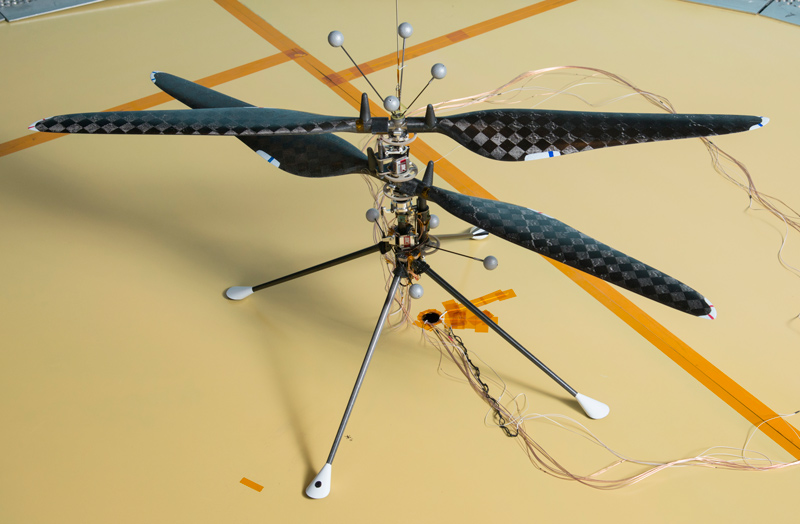
Scientists at NASA’s Jet Propulsion Laboratory in Pasadena, California, have completed flight testing the Mars Helicopter, an unmanned aerial vehicle designed to demonstrate the viability and potential of heavier-than-air vehicles on Mars.
“Gearing up for that first flight on Mars, we have logged over 75 minutes of flying time with an engineering model, which was a close approximation of our helicopter,”
“But this recent test of the flight model was the real deal. This is our helicopter bound for Mars. We needed to see that it worked as advertised.”
– MiMi Aung, project manager for the Mars Helicopter at NASA’s Jet Propulsion Laboratory in Pasadena, California, said in a NASA news release.
Scientists describe flying the device remotely from hundreds of millions of kilometers away as an incredibly difficult technical feat. Earth’s atmosphere is fairly thick, but the same cannot be said for Mars, where the atmosphere is super thin—a mere one percent of what it is here on Earth. Such conditions do exist on Earth, but at an altitude of about 30,000 meters (100,000 feet).
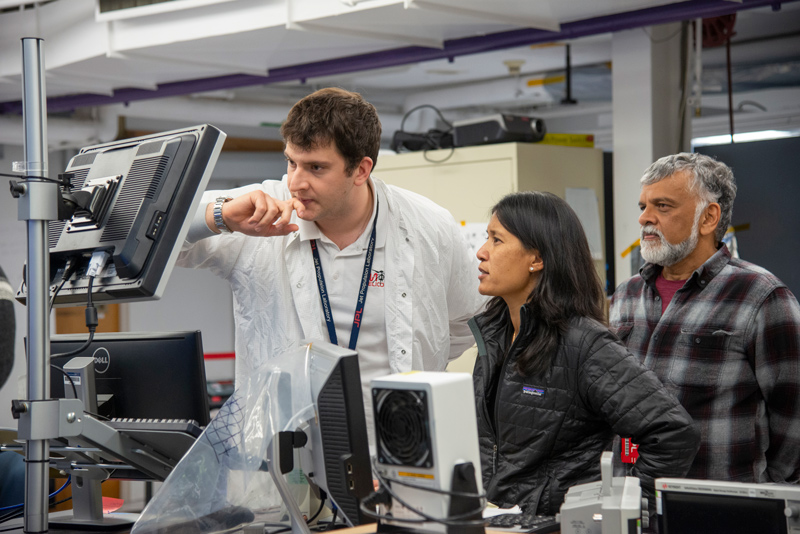
To avoid testing their little helicopter at such an extreme height, the NASA engineers recreated these conditions inside the JPL Space Simulator. With 75 minutes of test flights in the books, and with a chopper seemingly ready for the rigors of Mars, this stage of the certification process is complete.
“The next time we fly, we fly on Mars,”
“Watching our helicopter go through its paces in the chamber, I couldn’t help but think about the historic vehicles that have been in there in the past. The chamber hosted missions from the Ranger Moon probes to the Voyagers to Cassini, and every Mars rover ever flown. To see our helicopter in there reminded me we are on our way to making a little chunk of space history as well.”
– Aung declared.

